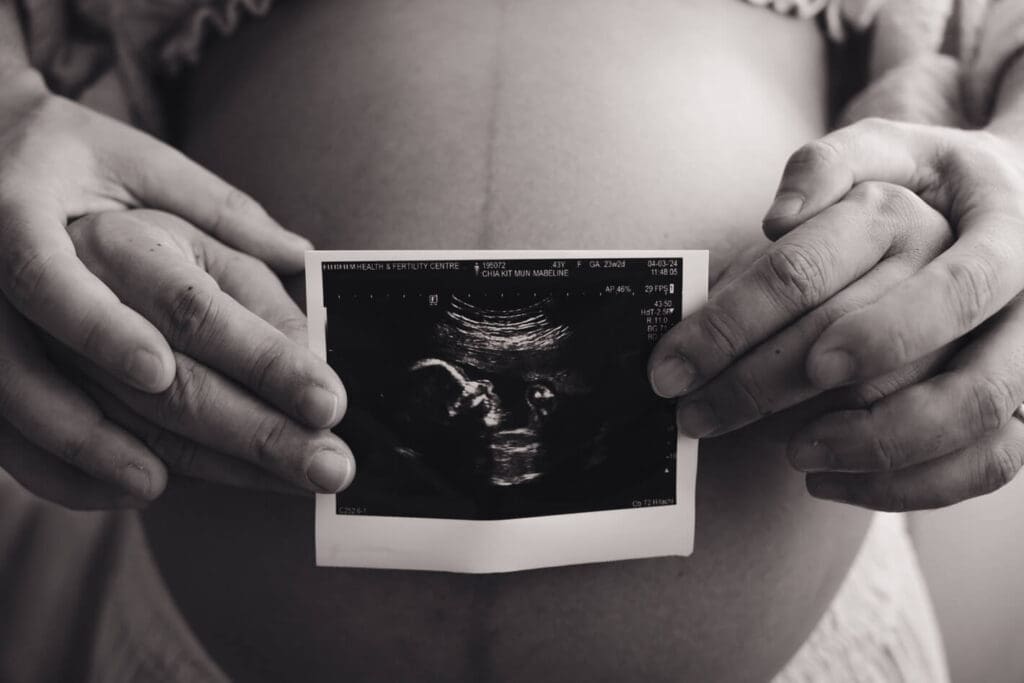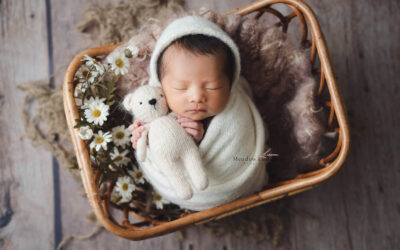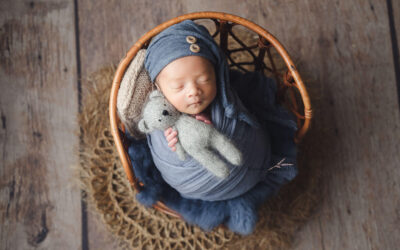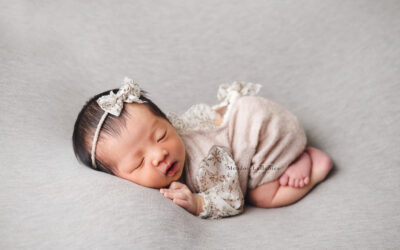Hospital Bag Checklist You Might Overlook (Singapore)

Hospital Bag Checklist
Think you’ve got your hospital bag checklist sorted? Think again! While birthing plans are crucial, so is packing like a pro. Because let’s be honest, who wants to be searching for nipple cream in the wee hours of the morning especially with an exhausted body after delivery? Avoid the postpartum panic with this essential checklist.
Good news for Singapore moms: Most hospitals here provide gowns, basic toiletries, and maternity pads. Focus on packing personal comfort items and things that will make your stay more pleasant!
For Mom
- Nursing bra: Nursing bras offer quick and easy access to your nipples when feeding a hungry baby. They provide extra support without underwires from regular bras digging into your skin.
- Nursing pads: These come in the form of disposable or reusable pads, which absorb any leaks of breast milk to prevent discomfort and protect your clothes.
- Nipple cream: Nipple cream is essential during breastfeeding because it helps soothe and heal sore, cracked, or dry nipples, which can be a common and painful issue for many new mothers.
- Perineal care products: These might include witch hazel pads, ice packs, and perineal spray. Witch hazel pads help with swelling and inflammation, ice packs offer numbing relief, and perineal spray provides a cooling sensation to soothe the area.
- Postpartum underwear: High-waisted, disposable underwear with mesh inserts provides extra support and comfort, especially after a C-section. They accommodate postpartum pads and protect your incision.
- Belly band/ binder: This supportive garment wraps around your abdomen, offering comfort and support to your core muscles, particularly beneficial after a C-section. It helps to relieve pain and aids recovery. Getting your own binder can be more cost-effective compared to the ones you purchase from your maternity hospital (yes, it all adds up to your final bill!). Show your gynae the belly band that you wish to get, just to be safe.
- Breast feeding pillow: A breastfeeding pillow can make feeding so much easier for both you and your baby. It takes the pressure off your back, arms, and neck, which really adds up when you’re nursing multiple times a day. The pillow also helps you position your baby just right, so they can latch on better and feed more effectively. And here’s a bonus – with your baby supported on the pillow, you’ll have your hands free to grab a book, snuggle your little one, or just enjoy those quiet moments together. It’s definitely worth getting one since you’ll end up using it for months to come.
- Breast pump:
Singapore hospitals are accredited under the Baby-Friendly Hospital Initiative (BFHI).Some Hospitals Provide Access/Loaners: Major hospitals like Singapore General Hospital (SGH) note that hospital-grade breast pumps are available in the wards for use by mothers who are admitted, especially if the baby cannot latch directly. However, you might need to purchase disposable components (funnels/bottles) for hygiene reasons.
KK Women’s and Children’s Hospital (KKH): KKH’s guidelines suggest mothers are encouraged to bring their own pump if they plan to pump exclusively, but they do have facilities and support for expressing milk.
Rental vs. Provision: In many cases, the hospital provides hospital-grade pumps for use during the stay, which are excellent for establishing supply, but they are generally not loaned out for home use after discharge. If you plan to exclusively pump long-term, you’ll need to purchase or rent your own pump for home use.
Lactation Consultant Support: Regardless of what you bring, you should always consult the hospital’s Lactation Consultants for help with technique and using their hospital-grade equipment.
- Slippers with good grip: Comfortable, non-slip footwear is essential for navigating potentially slippery hospital floors and protecting your feet from germs. Mobility will be slow, especially after C-section, so slippers with a good grip ensures safety.
- Compression socks: These improve blood circulation and prevent blood clots, which is particularly important as mobility is limited during labor and after delivery. You may wish to get your own compression socks to save costs, do check with your gynae before your purchase and ask when to start wearing them (often during labor itself).
- Glasses or contact lenses: Ensure you have your preferred vision correction so you can see your baby clearly.
- Hair ties or clips: Keep your hair from your face during labour for comfort and hygiene.
- Comfortable robe or cardigan: A soft, loose-fitting robe or jacket provides warmth and comfort during your hospital stay, especially since hospital air-conditioning can be quite cold.
- Lip balm: To keep your lips hydrated and prevent dryness, especially during labour when you might be breathing heavily.
- A pair of nice outfit: If you’re planning for a Fresh48 photoshoot, a nice outfit is essential. Trust us, you’ll want something cuter than the hospital gown to capture those first precious moments—unless you’re going for the “I survived labor” chic look.
- Going-home outfit: Think comfy and stretchy because you’re not going to magically fit back into your pre-pregnancy jeans. Yoga pants and a loose top are your best friends here. Remember, you just created a human so comfort is key!
- Skincare & Makeup: Labor can leave you looking a bit… disheveled. A quick touch-up can make you feel more like yourself again and ready for any surprise photo ops!
- Phone & Phone charger: While your phone is something that you most likely won’t forget to take with you, the charger, which might be needed since you’ll be staying overnight in the hospital is often an overlooked item. Remember to bring it back when you discharge too!
- Snacks and drinks: Pack your favourite energy-boosting snacks and drinks to keep your energy up during labor and recovery. Think granola bars, nuts, dried fruit, and electrolyte-rich beverages. Your favourite healthy snacks can liven up your mood! Note that many Singapore hospitals have restrictions on outside food in certain areas, so check with your hospital beforehand.
- Entertainment: Bring books, magazines, or a tablet loaded with movies, TV shows, or your favourite music (make sure you’re connected to your ward’s internet connection if available or you might risk exceeding your monthly data plan limit) to help pass the time and provide relaxation during labour and postpartum.
- Camera, memory card and charger: Ensure you have a charged camera and enough memory to capture the first moments with your baby. Don’t forget the charger to keep your camera powered up.
- Loose change or credit card: Pack some loose change or your credit card. You’ll be glad you did if a vending machine craving strikes you or your partner.
Additional Considerations for C-Sections
- Pillow for abdominal support: An extra pillow can provide support and comfort to your incision area
- Loose-fitting tops: Comfortable tops that are easy to put on and take off without disturbing your incision
- Button-down or zip-up pajamas: Clothing that can be opened and closed without pulling over your head, making dressing and undressing easier.
For Baby
Essential
- Going-home outfit: A soft, comfortable outfit for your baby to wear home, easy to put on and take off.
- Car seat: A safety-approved car seat is essential for safely transporting your baby home.
Nice-to-have-items
- Going-home outfit: A soft, comfortable outfit for your baby to wear home, easy to put on and take off.
- Baby mittens: Soft mittens to protect your baby’s delicate skin from scratches.
- Diapers and wipes: While hospitals usually provide these, having your own supply can be reassuring.
- Baby blanket: A soft, cozy blanket to wrap your baby in for warmth and comfort.
For Husband
- Comfortable shoes: You’ll likely be doing a lot of walking and standing.
- Snacks and drinks: Long hours can be tiring, and having your own snacks and drinks will keep you energized.
- Earplugs: If you need to catch some sleep or rest, these can be a lifesaver.
- Entertainment: A book, handheld gaming device or downloaded content can help pass the time.
- Phone & charger: Keeping your phone charged is essential for communication and updates.
Documents
- Doctor’s Admission Letter: This letter is essential for your admission process. It provides the hospital with important information and ensures a smoother check-in procedure.
- Identification Document: Identification card (for locals)/ Passport (for foreigners)
- Letter of Guarantee (LOG): A Letter of Guarantee (LOG) is a document issued by your insurer to the hospital to assure payment for the portion of your bill covered by your Integrated Shield Plan. Some insurers require pre-authorisation before issuing a LOG. Do note that MediShield Life does not issue LOGs: hospitals handle MediShield Life and Medisave claims automatically during billing.
- Gynae outpatient receipts: Remember to bring these receipts so that the hospital’s finance personnel can assist you with claiming these pre-delivery expenses from your MediSave account (applicable to Singaporeans).
Remember, this is a general guideline. Adjust the list based on your specific needs and preferences, and always consult with your healthcare provider for personalized advice.



